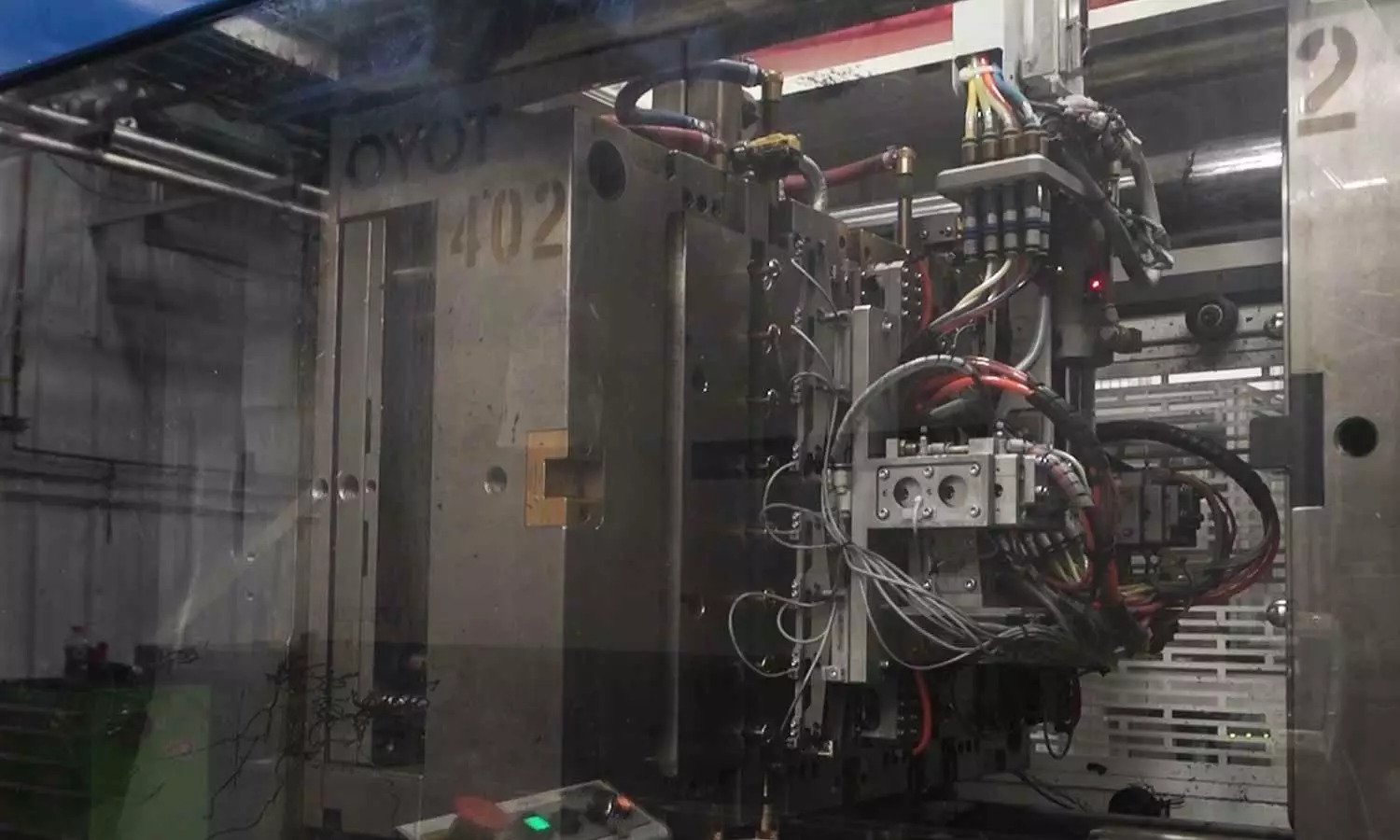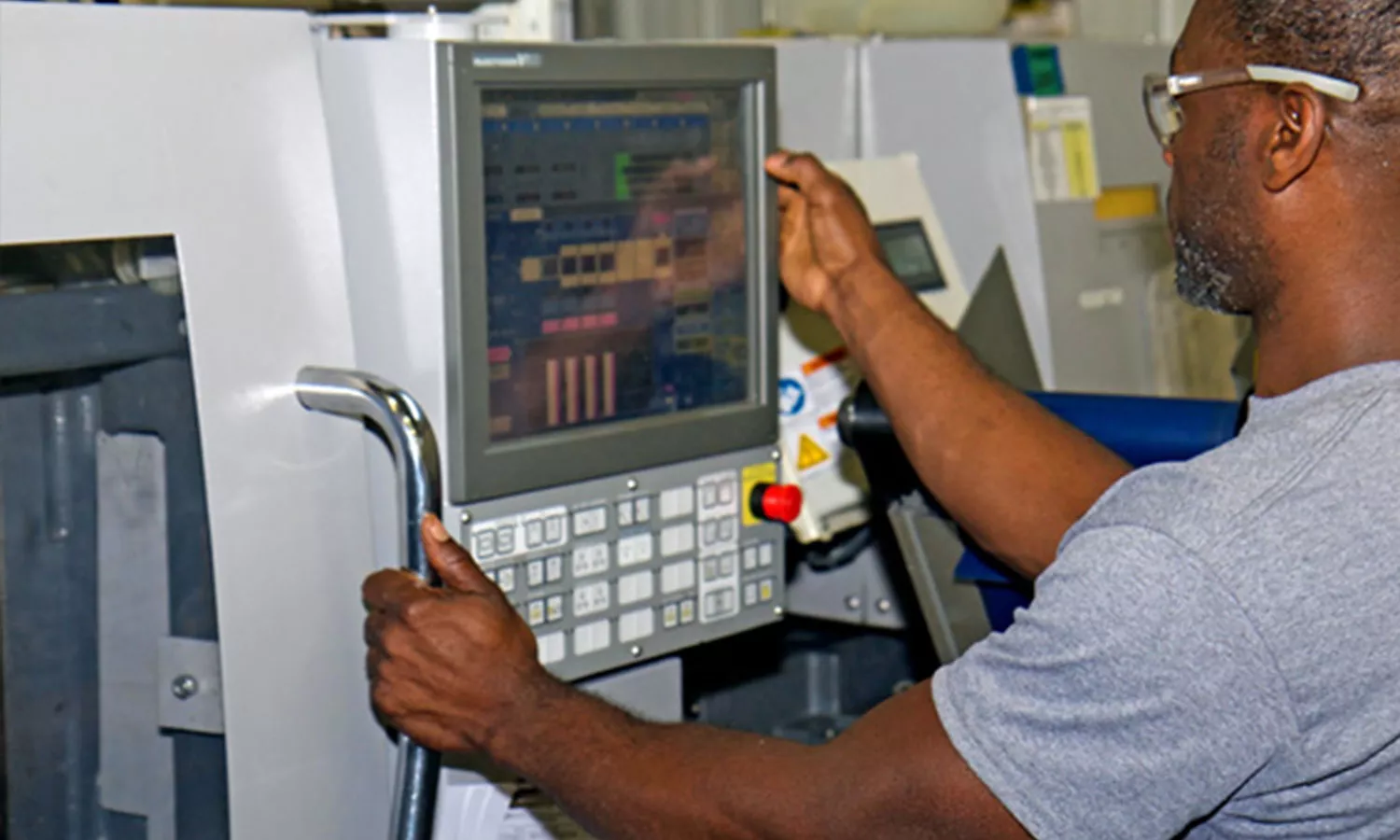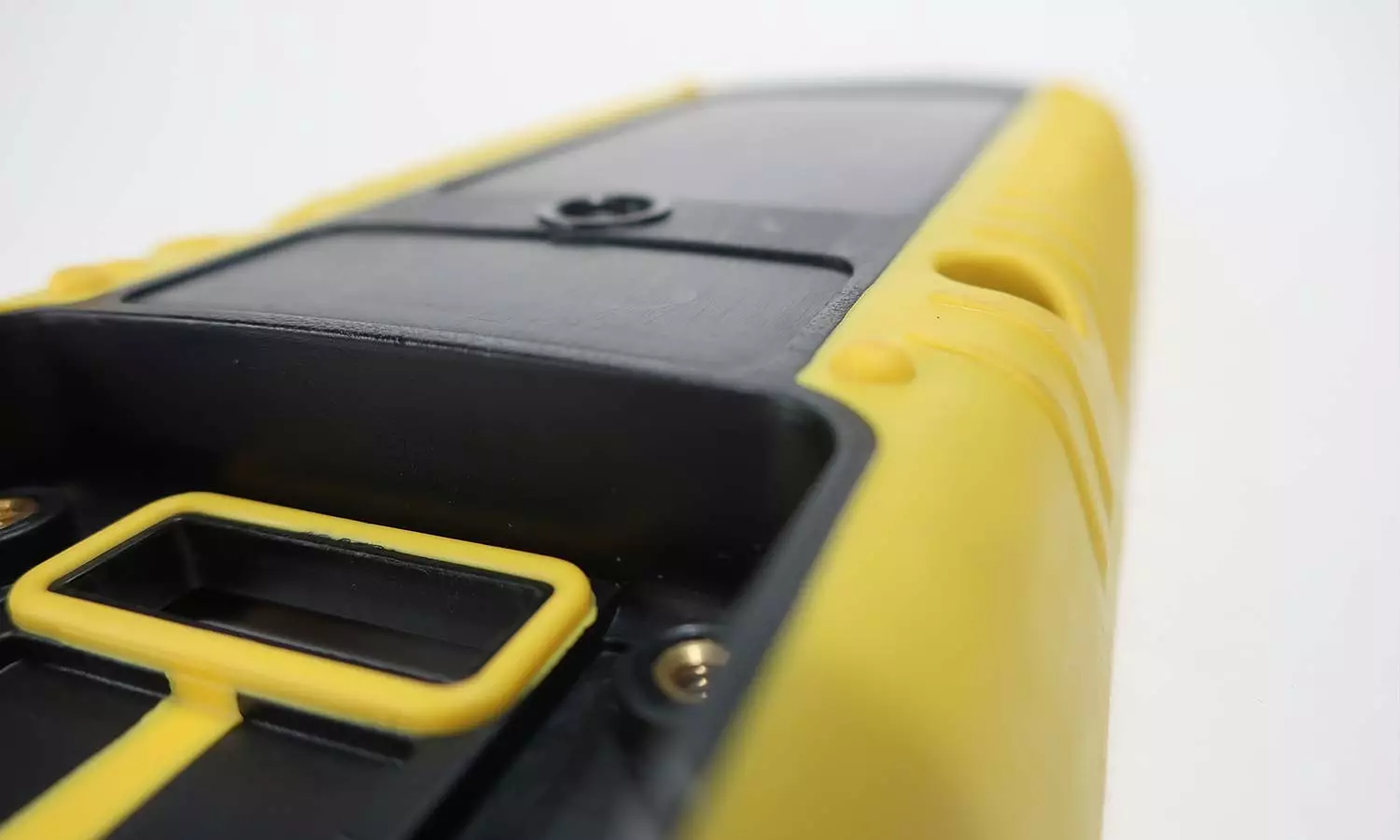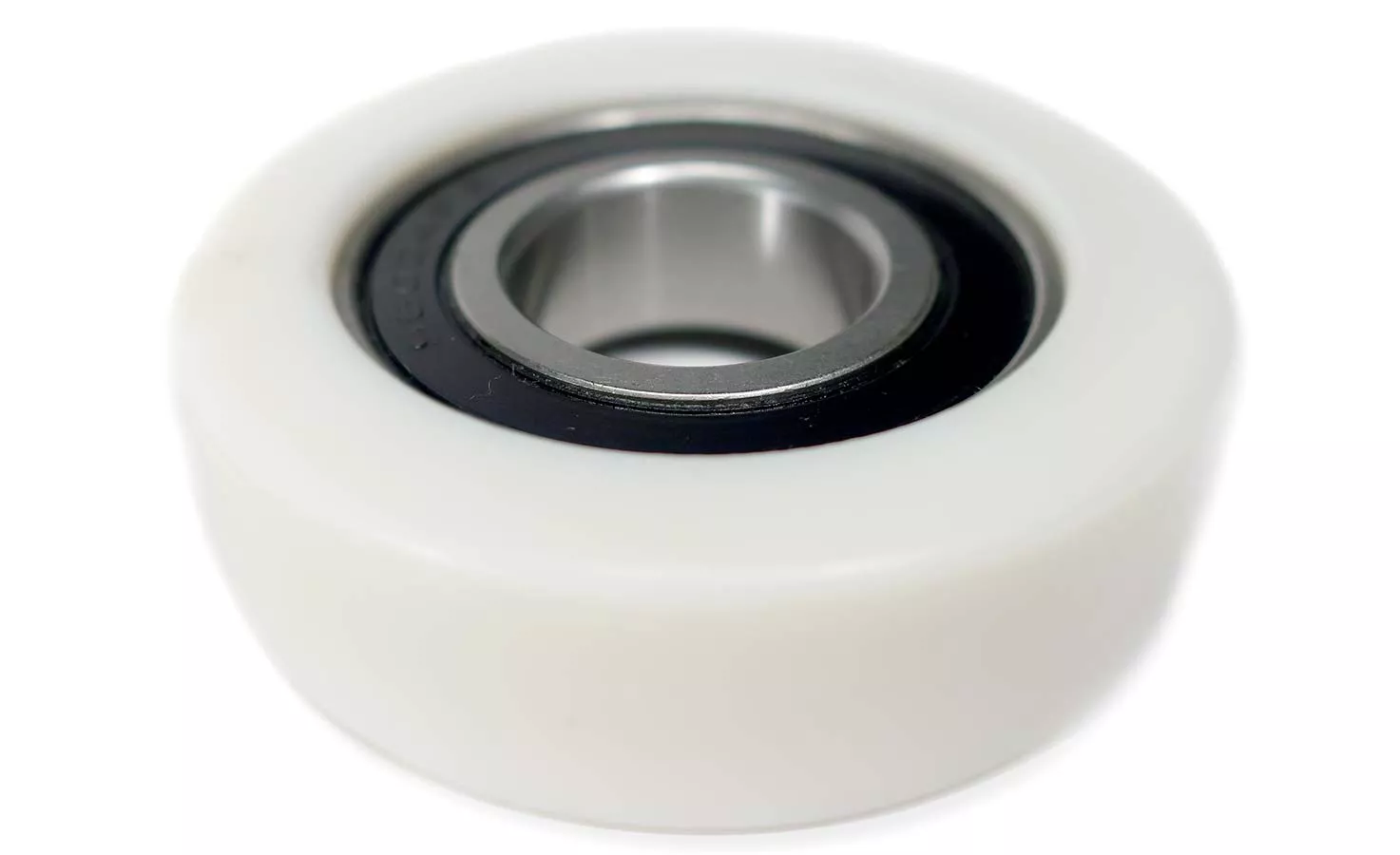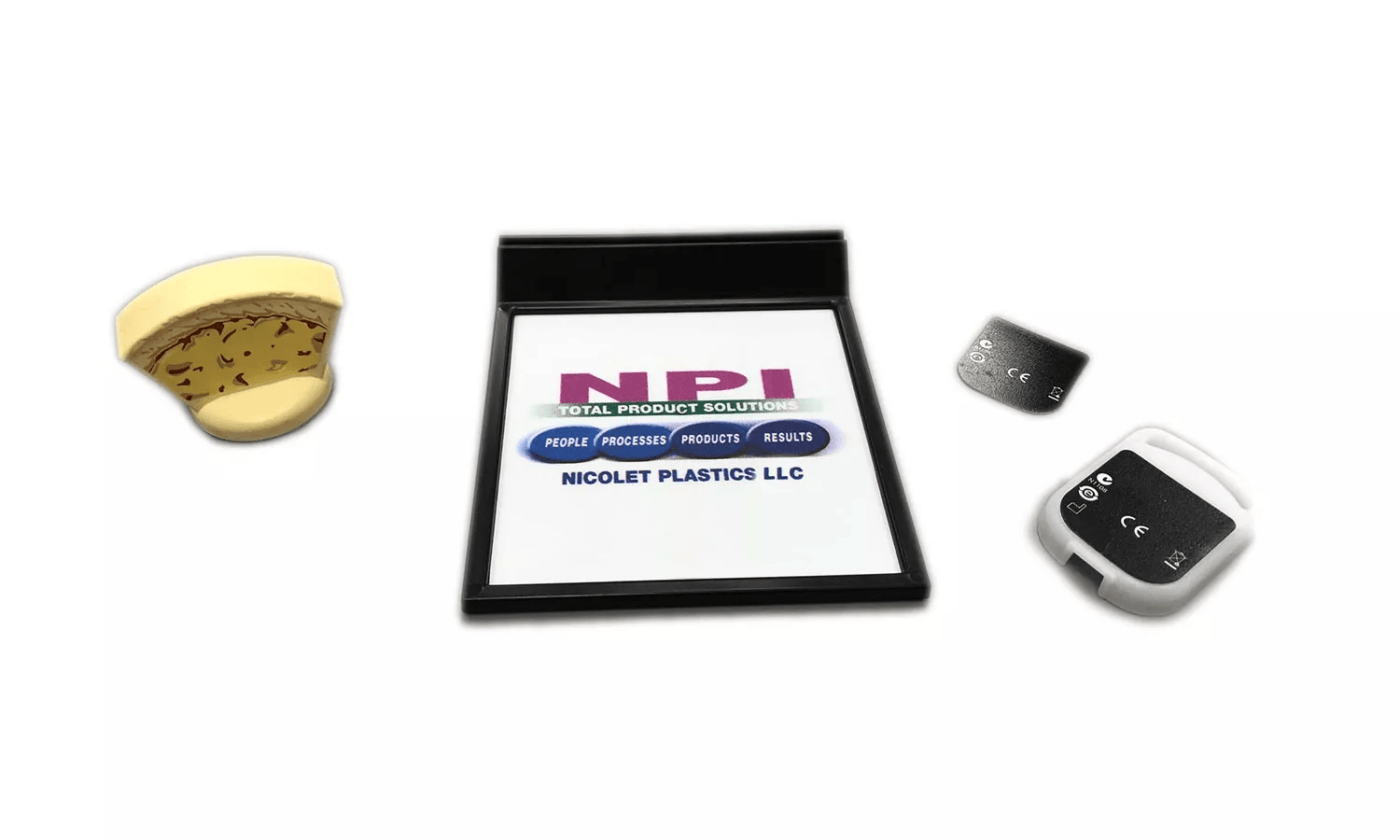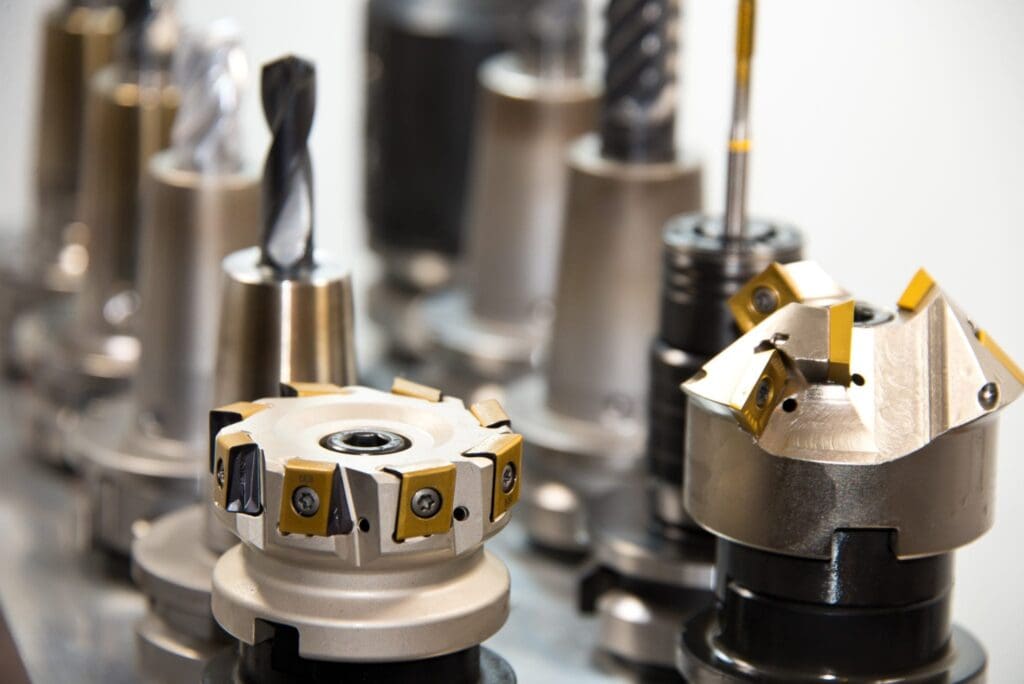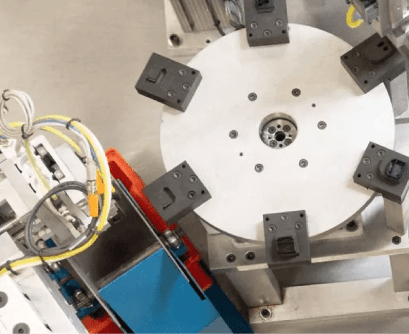Custom Plastic Injection Molding
Custom injection molding is ideal for plastic parts where success relies on achieving specific mechanical or aesthetic features. Nicolet Plastics is driven by the fundamental goal of helping customers produce the best plastic parts. No stranger to complexity, design challenges really stoke our desire to innovate for you. Involving us early enables us add value in the design process.
Request a Quote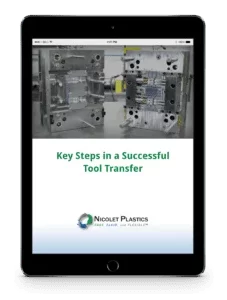
Benefits of Plastic Injection Molding
Detailed Features
Consider aesthetic or functional details to enhance your brand: imprinted text, cosmetic or textured surfaces, in-mold decorating, snap fits, flexible hinges, varied hardness.
High Efficiency
The efficiency of plastic injection molding is unmatched. We engineer unnecessary costs out of your part and tool. Our long-tenured design engineers and master molders really excel at this.
Enhanced Performance
We work hard to understand the intended function of your part and meet your key objectives by application of material science, design principles, analytical tools, and process controls.
Material Variety
Choose from more than 200 materials, commodity and engineering resins. We’ll help you balance performance and price and identify alternative material equivalents to reduce costs.
Injection Molding Process
Plastic injection molding is one of the oldest methods of manufacturing plastics and a critical step in the development of parts for product manufacturers. It’s also a great solution for manufacturers looking to convert heavy metal parts to plastic. Explained in its simplest form, the process uses polymers or plastic resins that when heated, melted and injected under high pressure into a custom mold, will produce plastic parts to be utilized in product manufacturing.
While that process seems straightforward, it can actually be quite complex and requires a high level of experience from an injection molder partner that can cater to your unique industry needs, specifications, end-uses and time / budget constraints. The best place to start is by gaining basic knowledge of the plastic molding process and design best practices.
Scientific Molding
A scientific molding approach benefits the production of critical parts that demand specific performance and high precision. Our advanced molding technology ensures repeatability and consistency. That means the product we make for you today, is the product we make for you tomorrow.
Scientific injection molding begins during tooling development. Factors such as pressure, temperature, cavity fill time are optimized so that the mold design minimizes opportunities for variation. Mold flow analysis shows the last areas of the part to fill, how the material will orient with the mold, and exposes potential warp and stress points. It’s a proactive step that provides engineering predictive analysis and measurement and allows for easy determination of the success or failure of a part or project.
Robust production processes further utilize a scientific approach through monitoring and automated process controls which reduces scrap and processing time. Should a variation or malfunction occur, it is rapidly identified and isolated before nonconforming parts are made.
Overmolding
Two (or more) materials can be combined into a single part with overmolding. This process is often used for a distinct tactile surface, such as a softer grip area. Overmolding can be plastic over plastic substrate or rubber over plastic substrate, typically accomplished by a two-shot injection molding process. Resin formulation and colors can vary. The aesthetic advantages of overmolding are easy to notice, but they also eliminate secondary operations. Overmolding is perfect for tools with handgrips, hand-held objects, robotics where rubber grips are needed, or simply to enhance the appearance of a part with distinct colors.
Insert Molding
Insert molding is similar to overmolding but incorporates an object that is placed within a mold cavity. Insert molding bonds plastic to inserts, typically metal or plastic. Threaded inserts are common. This eliminates labor when used as an alternative to fasteners, adhesives, or heat-staking. Inserts also strengthen the part. Inserts are loaded manually or with robotic automation.
Part Decorating and Labeling
In-mold decoration (IMD) and in-mold labeling (IML) are used to create a visually remarkable appearance with graphics or labels. Facilitated by robotics and electrostatic or vacuum grip, a printed film overlay is added to the mold cavity prior to the injection of molten plastic resin. This process creates a permanent bond between the label and the finished part, usually eliminating any need for post-processing operations. A wide range of texture, color, and surface coating choices leaves the door open for creative possibilities. We encourage you to talk to your project manager about options to enhance your brand.
Customer Success Stories
- Add value by increasing efficiency
- Implement automation with fast payoff
- Simplify multi-part tool programs
Nicolet Plastics University
Proprietary Education Course
- Exclusive customer training
- Brings disciplines together for accuracy
- Injection molding technology, materials, tooling, & RFQ process
- Ensures tools are specified correctly
Ready to begin the quote process? Let's discuss your application.
Get a Quote NowOr Call Us At: 715-276-4200



